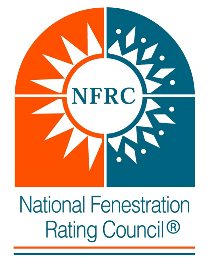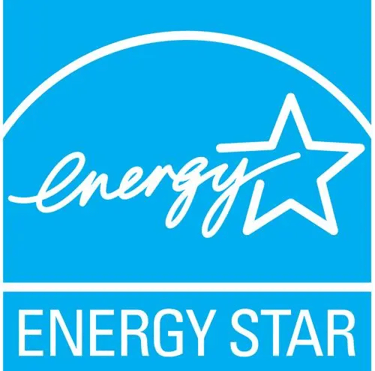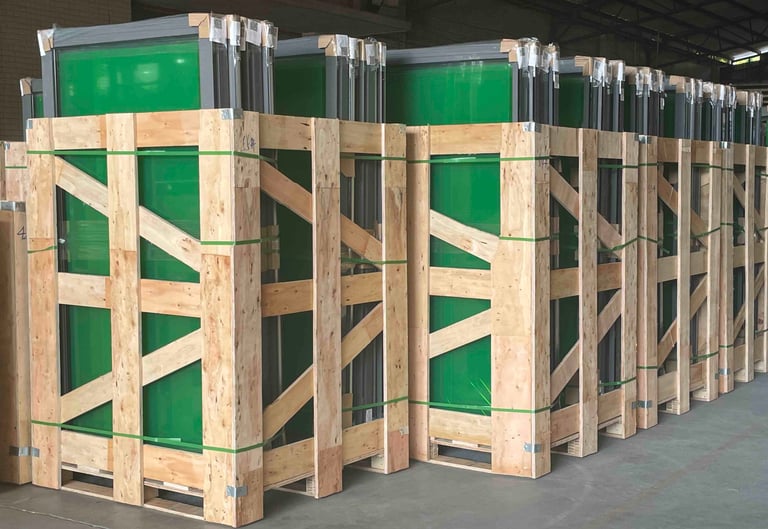Why are Energy Efficiency Ratings so Important for Windows?
Through energy efficiency ratings, consumers can understand the performance of windows in terms of insulation, air tightness, and thermal performance.
4/23/20256 min read


In modern architectural design, windows and doors are not just functional components; they play a crucial role in enhancing the energy efficiency of a building. With the growing emphasis on energy consumption and environmental awareness, energy efficiency ratings have become an essential standard for assessing the performance of windows and doors. Through energy efficiency ratings, consumers can understand the performance of windows in terms of insulation, air tightness, and thermal performance, helping them choose more energy-efficient and environmentally friendly products. In this article, we will explore why energy efficiency ratings are so important for windows and how they impact a building's energy efficiency, comfort, and long-term operational costs.
Why is Energy Efficiency Rating Important for Windows?
Understanding the Thermal Break Aluminium Window Technology
Energy-efficient windows optimize insulation, thermal resistance, and airtightness, reducing heat exchange between the interior and exterior, thereby lowering the frequency and energy consumption of HVAC systems. This significantly reduces the energy demand of a building, especially in extreme climates. Over time, energy-efficient windows can substantially reduce operational costs and enhance the overall energy performance of the building.
Enhanced Comfort and Environmental Sustainability
Energy-efficient windows maintain stable indoor temperatures, eliminating hot or cold spots and enhancing comfort in both residential and commercial environments. This is particularly vital for energy-efficient buildings, as it also improves indoor air quality and daylighting conditions. Additionally, by reducing energy consumption and minimizing carbon emissions, these windows contribute to a building’s overall environmental sustainability goals.
Compliance with Building Regulations and Increased Market Value
Many countries and regions mandate energy efficiency standards for new or renovated buildings, and the energy rating of windows plays a crucial role in meeting these requirements. Complying with these regulations not only avoids penalties and unnecessary retrofits but also enhances the property’s market appeal and value. Properties with high energy performance ratings are particularly attractive to environmentally-conscious buyers or tenants, increasing their market competitiveness.


Window energy efficiency rating regulations in different countries.
The energy efficiency rating for windows in the United States is primarily managed by the National Fenestration Rating Council (NFRC). NFRC provides standardized energy efficiency ratings for window products, including windows, doors, skylights, and other building envelope products. The certification aims to provide uniform ratings for the thermal performance of windows, glass, and skylights, allowing consumers and the construction industry to better understand the energy performance of products.
NFRC certification is almost a requirement to enter the U.S. market. For example, in New York, all window products must be NFRC certified, and some residential curtain wall facades also require NFRC certification.
Canada's Energy Star window energy efficiency standards are based on the U.S. Energy Star standards but with stricter requirements. These standards typically cover key performance indicators such as the U-factor (thermal transmittance), Solar Heat Gain Coefficient (SHGC), Visible Transmittance (VT), and Energy Rating (ER).
Australia's Window Energy Rating Scheme (WERS) is used to evaluate the energy performance of windows. The system tests and rates windows based on thermal insulation, heat resistance, condensation control, and ultraviolet (UV) protection, providing consumers with transparent information on the product's energy efficiency. WERS is similar to the U.S. NFRC rating system.
European countries have unified standards and rating systems for window energy efficiency. For example, the European standard EN 14351-1 outlines performance requirements for window products, including energy efficiency indicators. Additionally, Europe implements an energy labeling system, requiring window products to display their energy efficiency grade for consumer reference.
China has established various policies and standards for building energy efficiency. The "Green Building Evaluation Standard" (GB/T 50378-2014) provides detailed guidelines on the energy performance of buildings, including requirements for windows' energy efficiency. Furthermore, the "Building Energy Efficiency Design Standard" (GB 50189-2015) sets specific thermal performance requirements for windows. These standards aim to improve building energy efficiency and reduce energy consumption.
It is important to note that the energy efficiency ratings and regulations for windows may change over time due to evolving policies and standards in different countries and regions. Therefore, it is advisable to refer to the latest standards and regulations for specific projects.










GBA Qualifications and Performance Testing
As a window and door manufacturer, we conduct rigorous testing on all our products, whether for export or domestic use, to ensure they meet energy efficiency standards in the United States, Canada, Australia, Europe, and China. By obtaining certifications such as NFRC, Energy Star, and WERS, we not only ensure the high performance of our products but also ensure compliance with the regulations in each market. This allows us to provide our customers with energy-efficient, environmentally friendly, and high-quality window and door products that meet international standards.


Window Three Properties:Simulate the performance of windows in different environments, including static water resistance, air tightness, wind pressure resistance, and dynamic wind and rain resistance. Testing is conducted based on standards such as NAFS, TAS, AAMA, ASTM/AS/NZS, EN, and GB, ensuring the sealing and stability of windows under various climatic conditions.
Hurricane Testing:Simulate extreme weather conditions, such as hurricanes, to evaluate the window's ability to withstand high wind speeds, flying debris impact, and other pressures. Testing is based on standards like ASTM E1886 and ASTM E1996, assessing the window's storm resistance and safety.
Fire Resistance Testing:Test the fire resistance performance of windows, including flame spread, smoke release, and other fire-related properties. Testing is conducted according to fire standards such as EN 13501-2 and BS 476-22, ensuring windows perform well in fire scenarios.
Acoustic Performance Testing:Test the sound insulation properties of windows to evaluate their ability to block noise. Standards like ISO 10140 and ASTM E90 are used to assess the window's noise isolation effectiveness, enhancing comfort in living or working environments.
Accessory Performance Testing:Evaluate the durability, strength, and safety of window accessories (such as locks, hinges, handles, etc.). Testing is based on standards like BS EN 1670 and AAMA 101, ensuring the reliability of accessories during long-term use.
Filling Material Testing:Test the quality and effectiveness of window filling materials (such as insulation materials, sealant strips, etc.). Testing is conducted according to standards like ISO 834 and EN 13141 to ensure the thermal insulation, sealing, and waterproofing properties of the materials, improving the overall performance of the window.
Performance Testing


GET QUOTE
Welcome to inquire for perfect solutions for your construction projects. GBA aluminum facade system includes the manufacturing and design of windows & doors, railings & staircases, awnings & pergolas, and metalwork.
Innovation
quite
info@gbachasefacade.com
© 2024. All rights reserved.
window system
DOOR system
